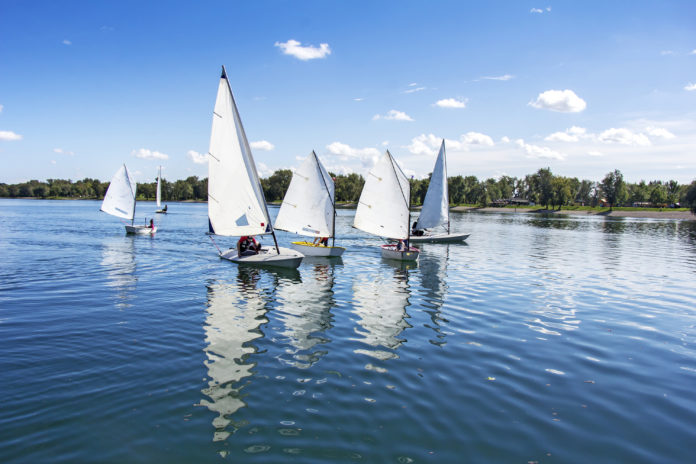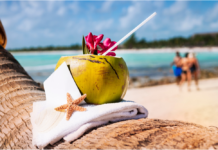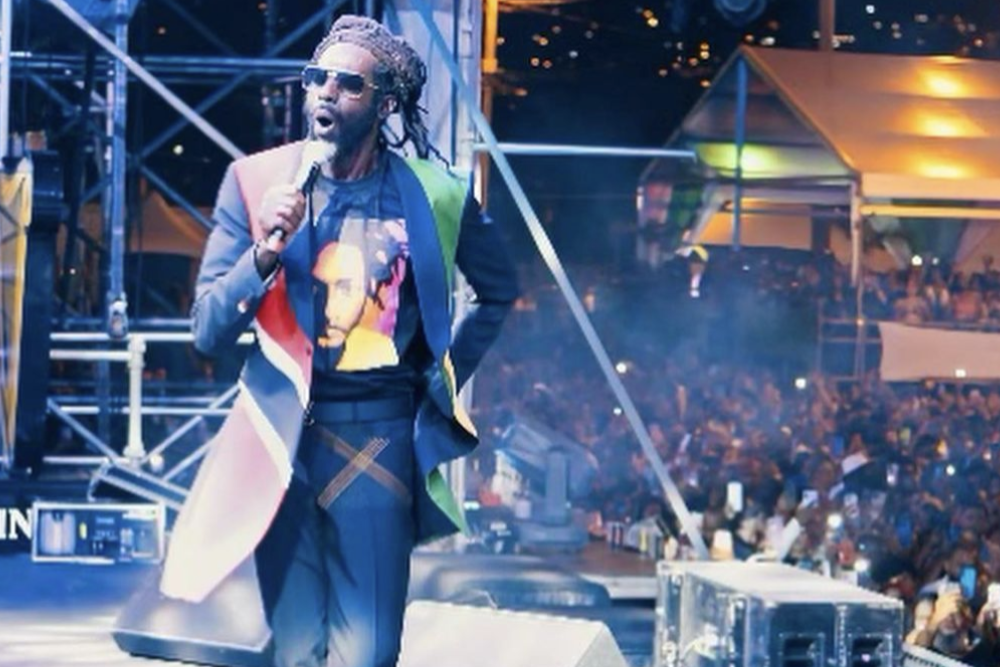Sailing, whether for leisure or sport, is an adventurous, albeit uncertain journey into the unknown, reminding the sailor that the ocean plays by its own rules.
Still, sailing provides an unbridled sense of freedom and a temporary escape from a mundane environment as you explore the other side of the horizon.
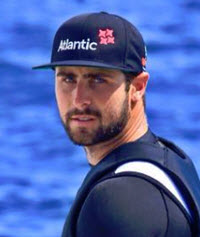
“One thing I have learnt and has reflected on my life more than ever is that the ocean is one of the most unpredictable places in the world,” says Andrew Lewis, Trinidad and Tobago’s two-time Olympic Laser Sailor.
“Sailing has taught me to respect the elements, respect the ocean, respect mother nature. When you learn to respect mother nature, understanding that she’s way more powerful than most understand, you learn to harness her in the right way. And when you bring that back up to land amongst humans, you understand that we all need to respect each other.”
A Brief History
Sailing, which specifically refers to the sport of using wind to power sails and propel the boat forward – has come a long way from the Age of Sail – which lasted from the sixteenth to the mid-nineteenth century. In those days, sailing ships ruled the seas as the primary means for marine commerce, transporting bulk cargo on long voyages.
Referred to as yachting until 2000, sailing became an Olympic sport at the first Olympiad, held in 1896 in Athens, Greece, and has been a mainstay on the Olympic itinerary ever since.
Lewis, who’s been sailing since the age of six, says the discipline has helped to shape him into a well-rounded individual and has afforded him many opportunities.
He decided to pay it forward.
The Olympian has taught thousands of the nation’s youth the fundamentals of sailing via his training camps, which he founded over ten years ago, called Mentoring Through the Sport of Sailing.
“I love to work with them to give them a better opportunity not only in sailing but in life because sailing has given me the chance to travel the world and represent Trinidad and Tobago and do all that I’ve done. This is my way of saying, ‘hey, you can also do what I’m doing, in your own way.’”
Health Benefits of Sailing
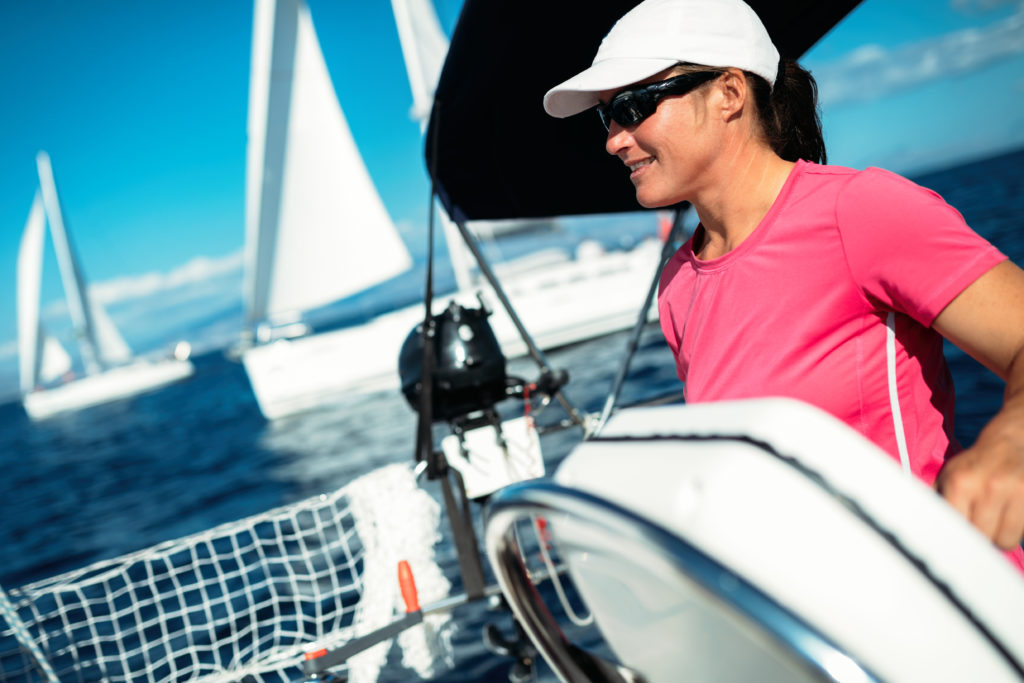
Sailing enthusiasts will tell you that the activity also reaps endless health benefits like improved muscle strength and endurance, enhanced cardiovascular fitness and mental wellness, due to the ocean’s scenic wonders.
“We are beginning to learn that our brains are hardwired to react positively to water and that being near it can calm and connect us, increase innovation and insight, and even heal what’s broken,” writes Marine Biologist, Wallace Nichols, in the book ‘Blue Mind – The Surprising Science That Shows How Being Near, In, On, or Under Water Can Make You Happier, Healthier, More Connected, and Better at What You Do.’
Lewis concurs.
“The ocean is a therapeutic place. When you step off of land into the ocean, it’s almost like leaving one planet and entering another. When you put your head under water, the only thing you really think about is your next breath. Nothing matters at that point…It shows you that your mind is such a powerful thing.”
The Best Way To Live Life
Besides sailing for sport, there are the lucky ones amongst us who get paid big bucks to sail for leisure. Just ask Australian couple, Riley Whitelum, 33 and Elayna Carausu, 24, who ditched their regular nine to five office jobs to enjoy an all-expense paid sail around the globe.
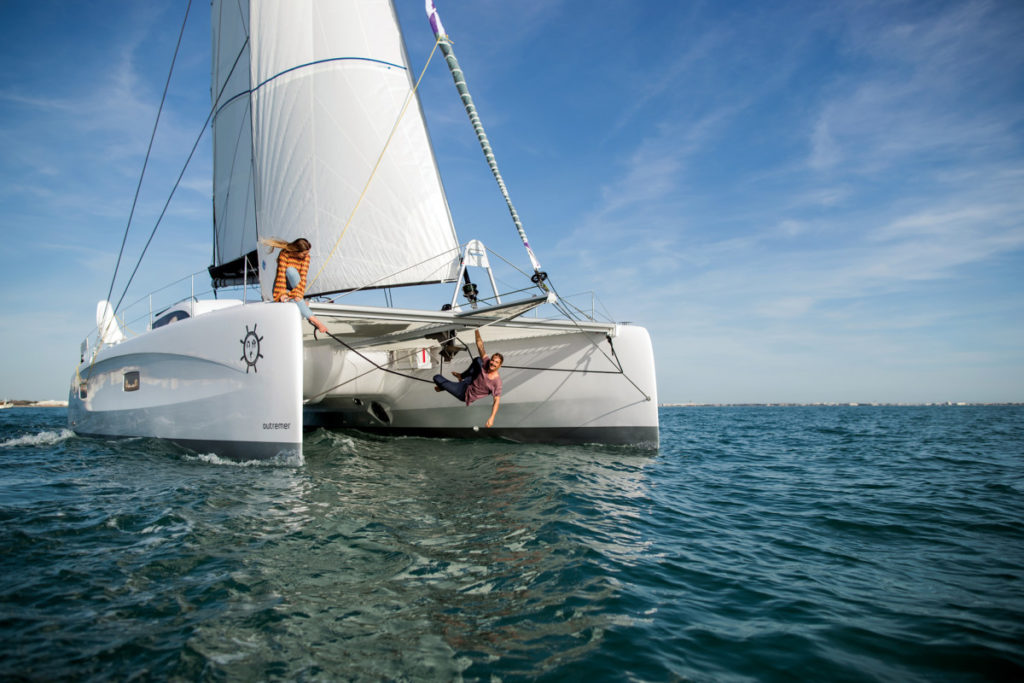
The YouTubers document their journey for their channel, which has amassed more than two million followers and their sailing exploits are supported through the crowdfunding platform, Patreon, where followers can pledge up to $100 to support their travels. So far, the adventurous couple has covered more than 41,000 nautical miles in their ongoing journey.
How’s that for living your best life?
But, if you’re neither an olympian nor being paid to sail the seas, have no fear. Sailing can be fun for the ordinary person too. Children as young as eight-years-old learn to sail in Optimist dinghies (a small, single-handed sailing boat) – and elderly folk in their 90s still enjoy sailing today.
Sailing can also fit within your budget. Up until the second half of the 20th century, sailing was a luxury sport for the rich – but times have changed. During the 1950s and 60s, new materials such as plywood became available which made boat construction considerably cheaper thus more accessible and affordable for the average Joe and Jane.
Sailing essentials are simple.
All you need is a boat, clear skies, good friends, refreshments, sunscreen – and let the adventures begin!
Happy Sailing!


